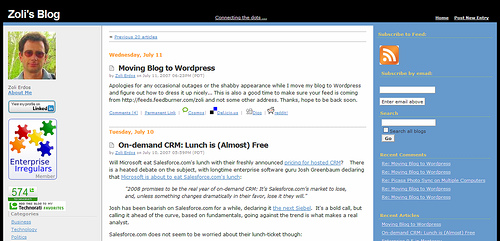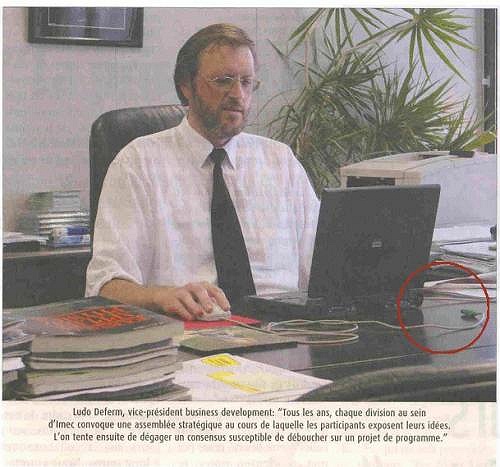Meet Dr. Jay Parkinson, MD. Not in his office – your home, or online. Sign up on the web, make appointments via a Google Calendar, receive housecalls, have him help manage specialist, x-ray, lab, pharmacy costs, all for $500 annually – no insurance required.
Browsing through his site feels a lot more like surfing a Web 2.0 service than a physician’s site. He blogs, too, and is becoming somewhat of a celebrity.
If this is not Health 2.0, I don’t know what is.
(hat tip: Jonathan Nolen)
Update (4/7/2009) Looks like Dr. Parkinson is no longer on his own: he teamed up with several physicians and launched Hellohealth along the same principles.


 First Google got
First Google got 








Recent Comments